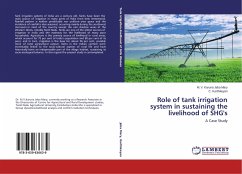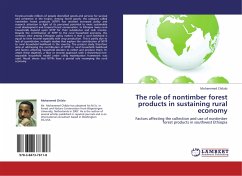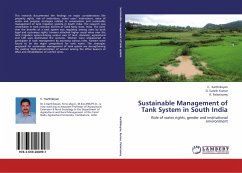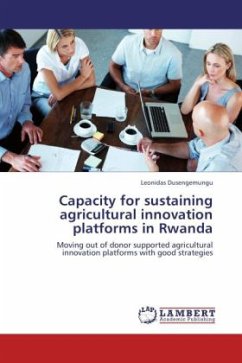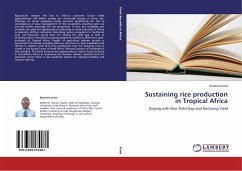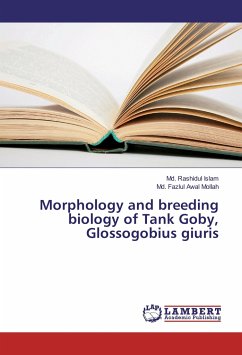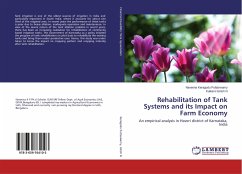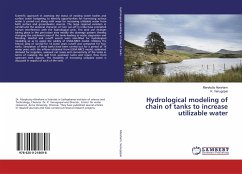Tank irrigation systems of India are a century old. Tanks have been the main source of irrigation in many parts of India from time immemorial. Rainfall pattern is neither predictable nor uniform over space and the incidence of rainfall is also seasonal, occurring mainly during the southwest monsoon in most of the country except the rain shadow areas of the Western Ghats, notably Tamil Nadu. Tanks are one of the oldest sources of irrigation in India and the mainstay for the livelihood of many poor households. Agriculture is the primary source of livelihood in rural areas, which account for 75 per cent of India's population and 80 per cent of its poor, and in turn, irrigation is the base for about 56 per cent, possibly more of total agricultural output. Tanks in the Indian context were inextricably linked to the socio-cultural aspects of rural life and have historically been an indispensable part of the village habitat, sustaining its socio-ecological balance. In this regard the present study is contemplated.
Bitte wählen Sie Ihr Anliegen aus.
Rechnungen
Retourenschein anfordern
Bestellstatus
Storno

